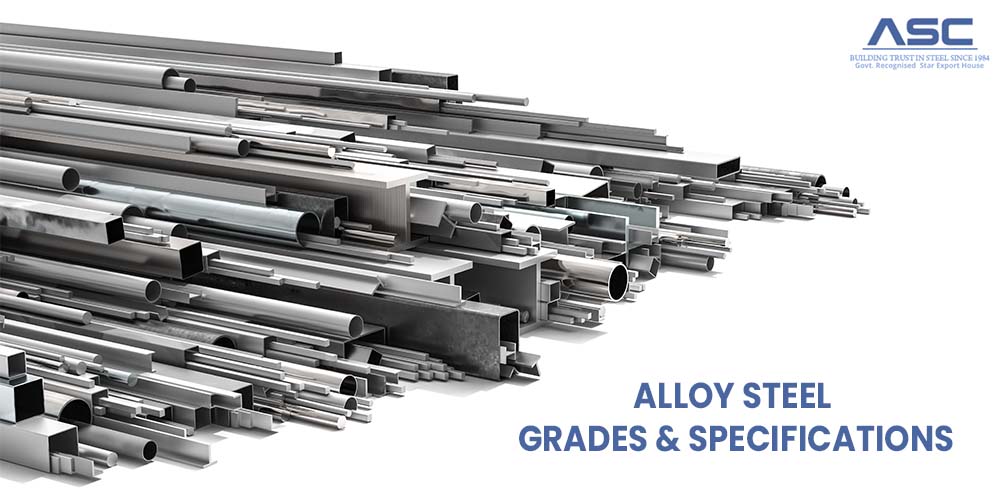Weathering Steel Panels: The Ultimate Guide
by AMC
Posted on April 20, 2023 at 11:51 AM
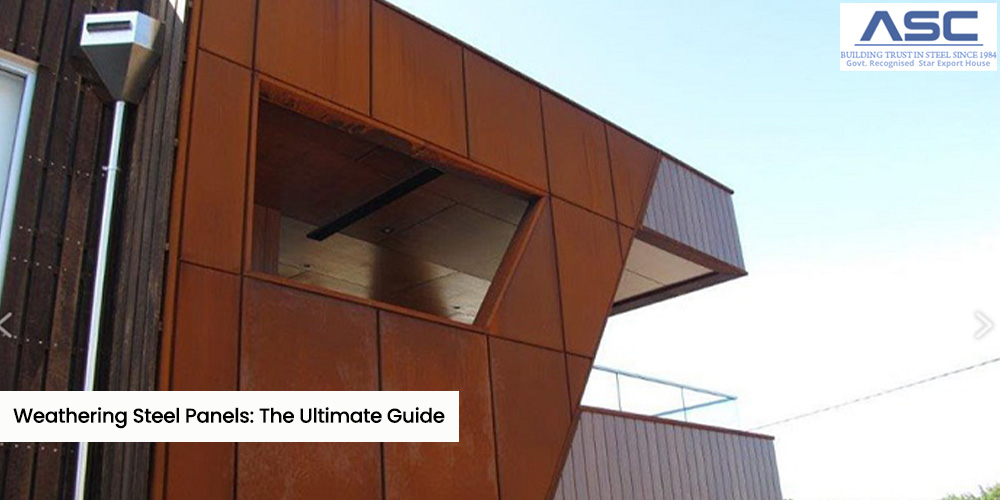
Introduction :
Weathering steel panels have become increasingly popular in recent years due to their durability, low
maintenance requirements, and unique aesthetic appeal. In this blog, we'll explore everything you need to know
about weathering steel panels,
including their properties, benefits, and applications.
What is Weathering Steel?
Weathering steel, also known as Corten steel, is a type of high-strength, low-alloy steel that contains a combination of copper, chromium, nickel, and phosphorous. When exposed to the elements, the steel develops a protective layer of rust that acts as a natural barrier against corrosion.
Properties of Weathering Steel Panels
Weathering steel panels have several unique properties that make them an attractive choice for architectural
and structural applications. These properties include:
- Durability : Weathering steel has a high resistance to corrosion, making it ideal for use in harsh outdoor environments.
- Low maintenance : Unlike other types of steel, weathering steel doesn't require painting or other protective coatings.
- Aesthetic appeal : The rusted surface of weathering steel creates a natural, organic look that blends well with the environment.
- Sustainability : Weathering steel is a sustainable material that can be recycled and reused.
Benefits of Weathering Steel Panels
Weathering steel panels offer several benefits for architects, builders, and property owners. These benefits
include:
- Longevity : Weathering steel panels can last for decades without needing to be replaced.
- Cost-effective : While weathering steel may cost more initially than other types of steel, its low maintenance requirements can lead to cost savings over time.
- Versatility : Weathering steel panels can be used in a wide range of applications, including building facades, roofing, and landscaping features.
- Low environmental impact : Weathering steel panels have a low environmental impact, making them a sustainable choice for construction projects.
Applications of Weathering Steel Panels
Weathering steel panels have been used in a variety of architectural and structural applications, including:
- Building facades : Weathering steel panels can be used to create striking and unique facades for commercial, residential, and industrial buildings.
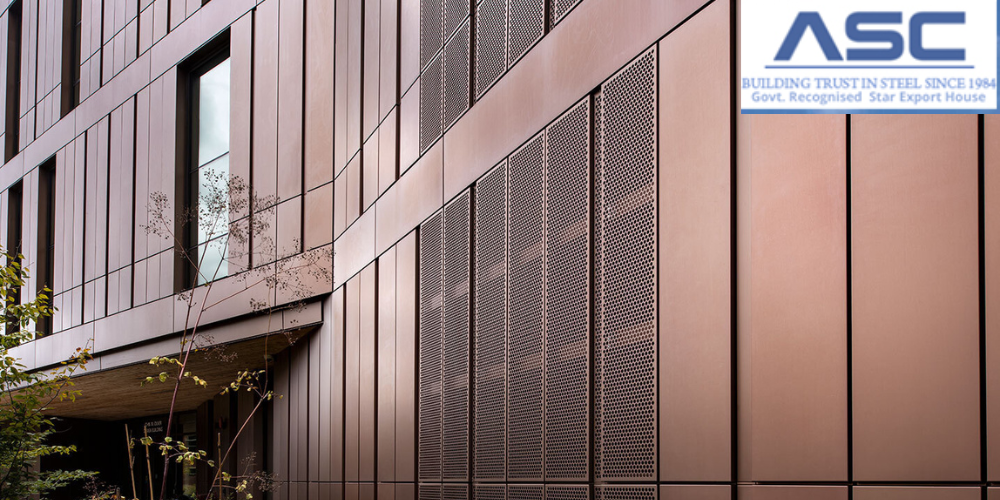
- Roofing : Weathering steel roofing can provide a durable and long-lasting solution for residential and commercial properties.
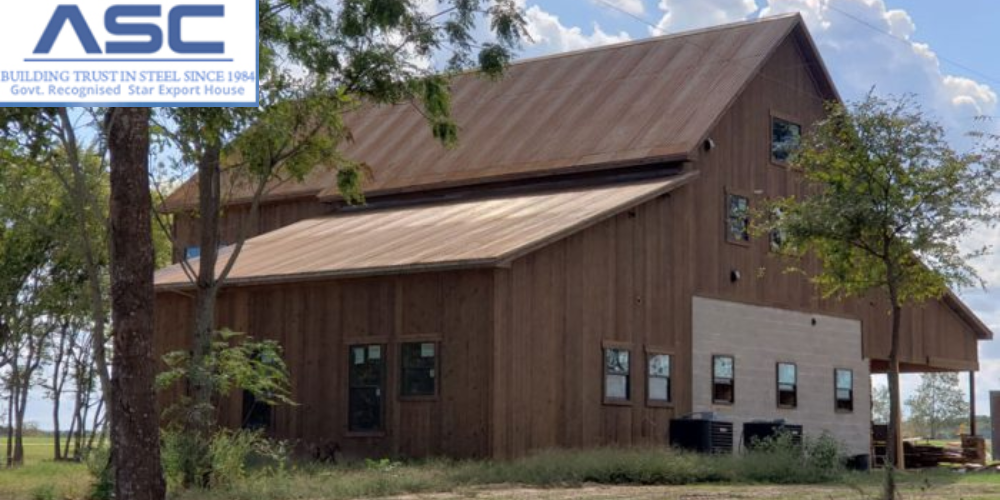
- Landscaping : Weathering steel panels can be used to create outdoor sculptures, retaining walls, and other landscaping features.
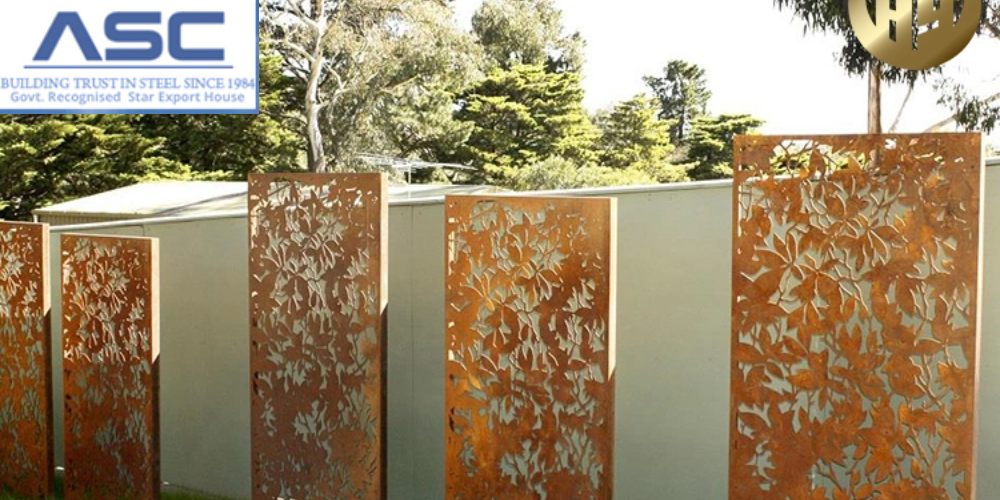
Conclusion:
Weathering steel panels offer a unique combination of durability, low maintenance, and aesthetic appeal, making them a popular choice for architects, builders, and property owners. By understanding the properties, benefits, and applications of weathering steel panels, you can make an informed decision about whether this material is right for your next construction project.
.jpg)
Alloy Steel vs. Stainless Steel
Alloy steel is a type of steel that is made by combining two or more different metals or elements to improve its properties.
